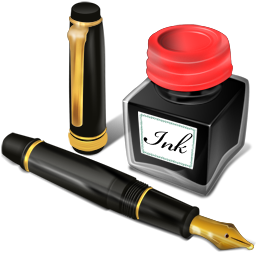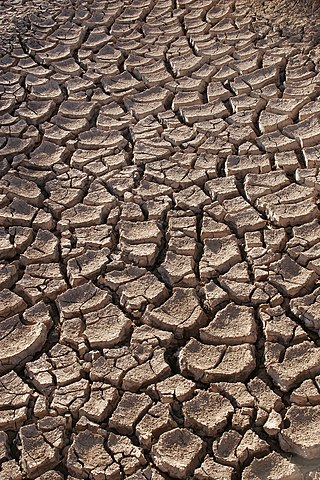CBSE Class 6 - Geography(Sst) - CH 1- Latitudes And Longitudes
(f) Why does the torrid zone receive maximum amount of heat ?
(g) Why is 5.30 p.m. in India and 12:00 noon in Londen ?
2. Question : Tick the correct correct answer
(a) The value of the prime meridian is
(i) 90 degree (ii) 0 degree (iii) 60 degree
Answer : (ii) 0 degree
(b) The frigid zone lies near
(i) the Poles (ii) the Equator (iii) the Tropic of Cancer
Answer : (i) the Poles
(c) The total number of Longitudes are :
(i) 360 (ii) 180 (iii) 90
Answer : (i) 360
(d) The Antarctic circle is located in
(a) the Northern Hemisphere
(b) the Southern Hemisphere
(c) the Eastern Hemisphere
Answer : (b) The southern Hemisphere
(e) Grid is a network of
(i) parallel of latitudes and meridians of longitudes
(ii) the Tropic of Cancer and Tropic of Capricorn
Answer : (a) parallel of latitudes and meridians of longitudes
3. Question. Fill in the blanks
(a) The Tropic of Capricorn is located at 23 and half degree south.
(b) The Standard Meridian of India is 82 degree 30 East
(c) The 0 degree Meridian i s also known as Prime Meridian.
(d) The distance between the longitude decreases towards Poles.
(e) The Arctic Circle is located in the Northern hemisphere
Exercises
1. Question : Answer the following question briefly :-
(a) What is the true shape of the Earth ?
Answer : The Earth look like an orange, bulging on the side and slightly flat at the top and bottom. The true shape of the Earth is a geoid.
(b) What is a globe ?
Answer : A globe is a three-dimensional representation of the Earth.
(c) What is the latitudinal value of the the Tropic of Cancer?
Answer : It is 23 1/2 degree North.
(d) What are the three heat zones of the Earth ?
Answer : The three heat zones of the Earth are torrid zones, temperate zone and frigid zone.
(e) What are parallel of latitude and meridian of longitude?
(a) What is the true shape of the Earth ?
Answer : The Earth look like an orange, bulging on the side and slightly flat at the top and bottom. The true shape of the Earth is a geoid.
(b) What is a globe ?
Answer : A globe is a three-dimensional representation of the Earth.
(c) What is the latitudinal value of the the Tropic of Cancer?
Answer : It is 23 1/2 degree North.
(d) What are the three heat zones of the Earth ?
Answer : The three heat zones of the Earth are torrid zones, temperate zone and frigid zone.
(e) What are parallel of latitude and meridian of longitude?
Answer: All parallel circle from the equator up
to the poles are called parallels of latitude . Meridians of longitudes are the
lines running from north pole to the south poles.
(f) Why does the torrid zone receive maximum amount of heat ?
Answer : The torrid zone is the area that
receive maximum heat of the Sun because the mid day Sun is exactly overhead at
least once in a year on all latitude in between the Tropic of Cancer and the
Tropic of Capricorn.
(g) Why is 5.30 p.m. in India and 12:00 noon in Londen ?
Answer : The time difference between India and London is
5 and a half hours. India is located east of the Greenwich at 82 degree 30 E.
So, it will be 5:30 pm in India when it is 12 noon in London.
The time difference between each degree of
longitude is 4 minute and since India is in the east, the time here will be
ahead of the Greenwich time.
2. Question : Tick the correct correct answer
(a) The value of the prime meridian is
(i) 90 degree (ii) 0 degree (iii) 60 degree
Answer : (ii) 0 degree
(b) The frigid zone lies near
(i) the Poles (ii) the Equator (iii) the Tropic of Cancer
Answer : (i) the Poles
(c) The total number of Longitudes are :
(i) 360 (ii) 180 (iii) 90
Answer : (i) 360
(d) The Antarctic circle is located in
(a) the Northern Hemisphere
(b) the Southern Hemisphere
(c) the Eastern Hemisphere
Answer : (b) The southern Hemisphere
(e) Grid is a network of
(i) parallel of latitudes and meridians of longitudes
(ii) the Tropic of Cancer and Tropic of Capricorn
Answer : (a) parallel of latitudes and meridians of longitudes
3. Question. Fill in the blanks
(a) The Tropic of Capricorn is located at 23 and half degree south.
(b) The Standard Meridian of India is 82 degree 30 East
(c) The 0 degree Meridian i s also known as Prime Meridian.
(d) The distance between the longitude decreases towards Poles.
(e) The Arctic Circle is located in the Northern hemisphere













